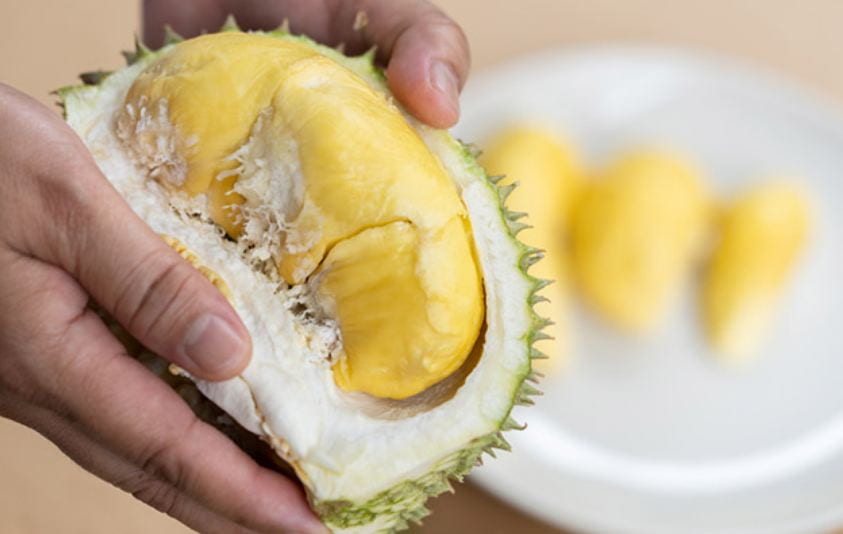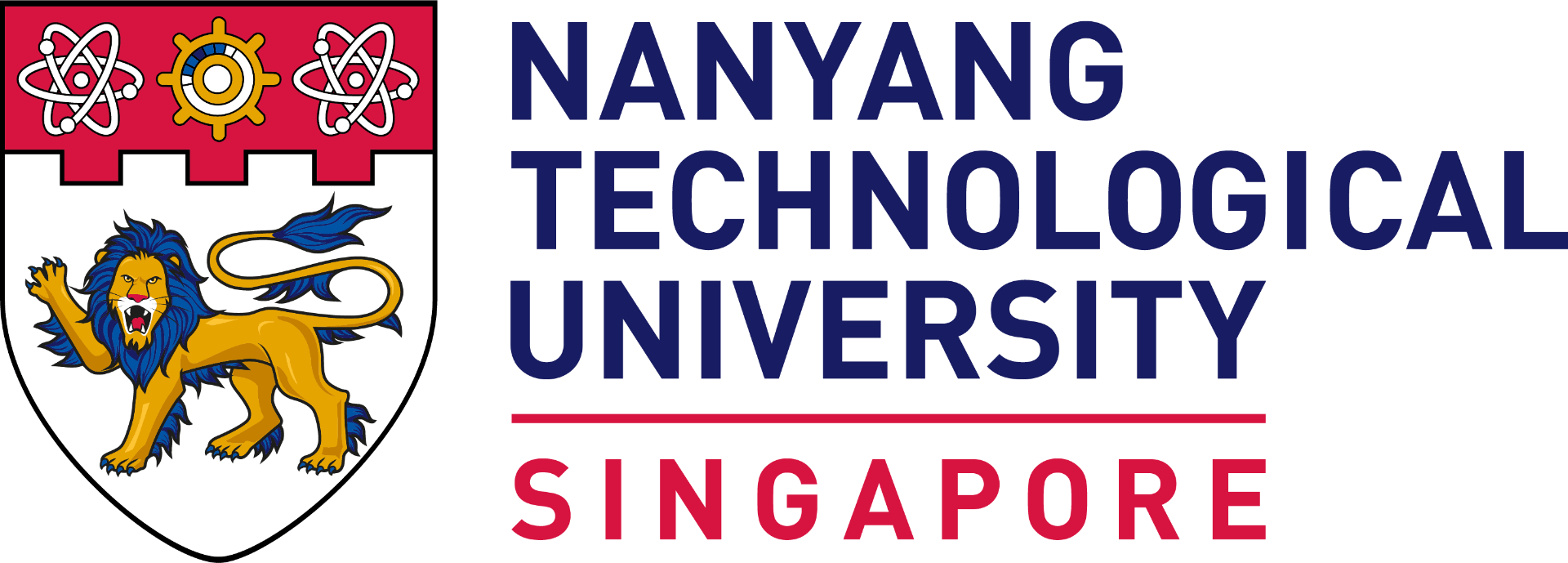Here’s how NTU walks the green talk as one of the world’s most eco-friendly campuses
1. Zero-emissions drive

NTU is driving the future of smart transportation with the development of a full-size autonomous electric bus – a first in the world. Launched earlier this year, the self-driving bus, a project with Volvo, produces zero emissions, and requires 80 per cent less energy than a diesel bus of similar size.
2. Food (waste) for thought

Durian seeds, soy bean residue and spent brewery grains – these discards are put to good use by NTU scientists to produce food stabilisers, packaging and natural preservatives. These are some of the fruits of labour that come from converting food waste into something useful and help mitigate our growing food waste problem. In 2017, only 16 per cent of more than 800,000 tonnes of food waste here was recycled.
3. Nothing gone to waste
The rubbish you chuck on campus is sent to NTU’s waste-to-energy facility, which turns trash into valuable resources like electricity and construction materials. More than 11 tonnes of rubbish a day can be processed at the plant. It converts solid waste to a usable synthesis gas, electricity and other useful by-products using a cleaner and more efficient method known as gasification.
“From extracting value from trash collected on campus, to harnessing technology on the NTU Smart Campus to develop clean energy and eco-friendly solutions, the University is making sure nothing goes to waste. As a public university, we have a big role to play in creating new knowledge that will help Singapore and the world better anticipate and manage the effects of climate change for our future generations.”
– Prof Subra Suresh, NTU President
4. Trash to treasure
The precious metals in your used lithium-ion batteries could be extracted and converted for use in new batteries. NTU is looking to better manage, recover and recycle electronic waste. Such recycling and repurposing of electronic waste is essential for the growing mountain of e-waste as Singapore goes digital.
5. Powered by nature
On Semakau island lies an NTU mega system of micro power grids that buzzes with 1.5 megawatts of clean energy. The project combines renewable power from the sun, wind and sea to generate enough electricity to power more than 350 average apartments a year.
This story was published in the Oct-Dec 2019 issue of HEY!. To read it and other stories from this issue in print, click here.

